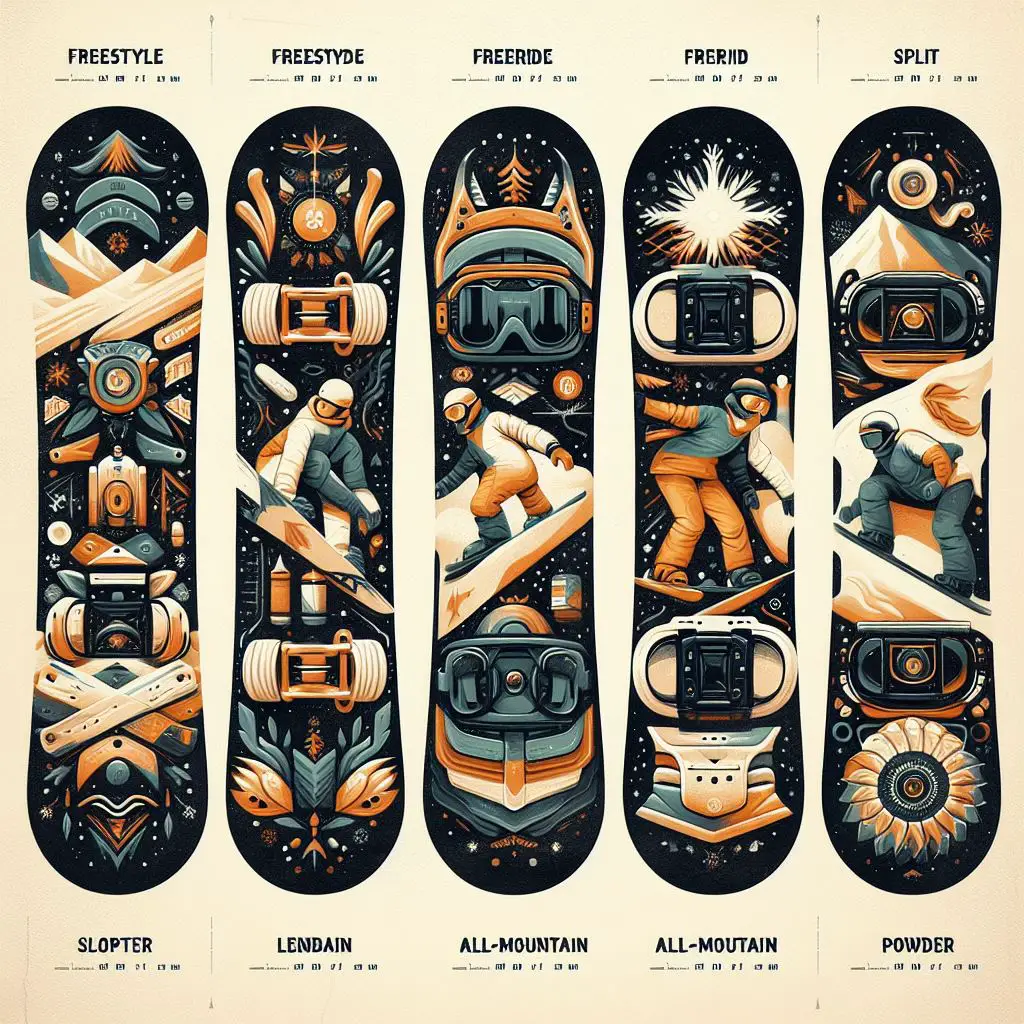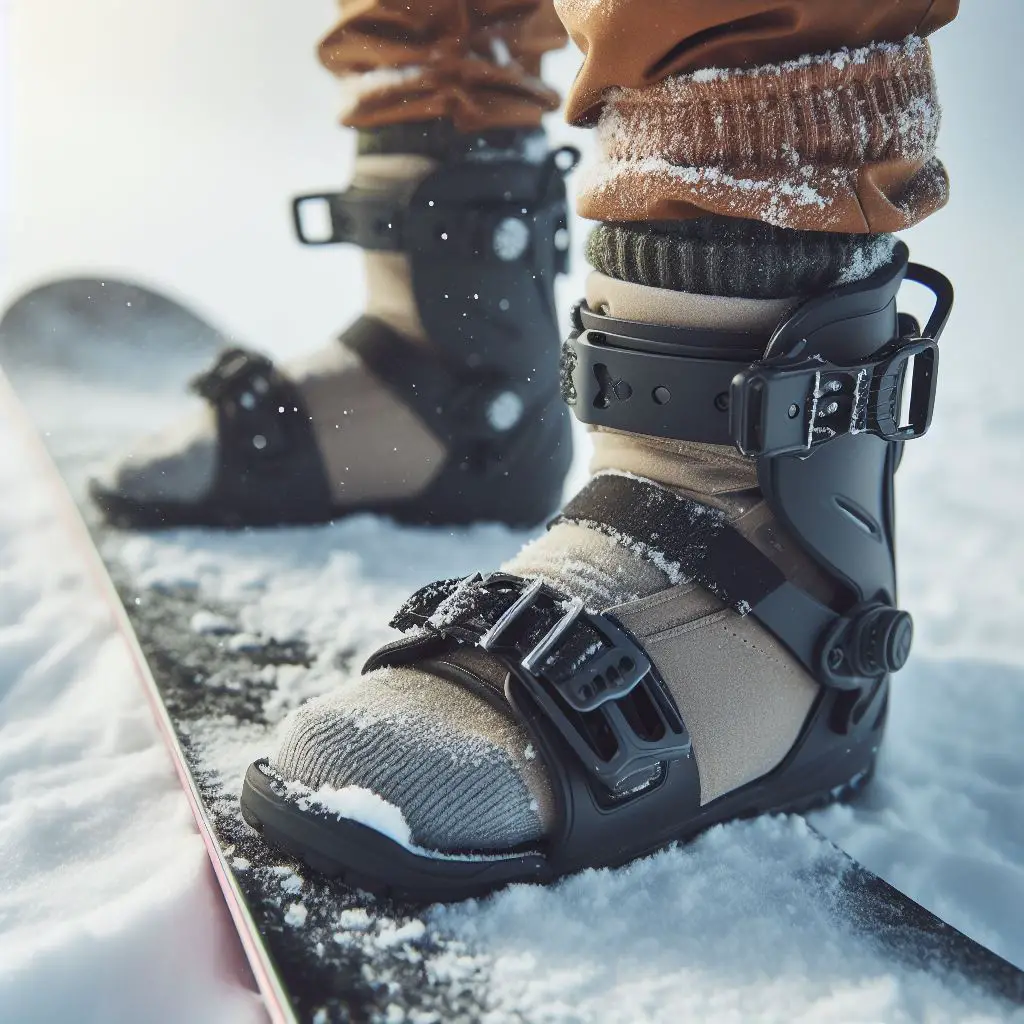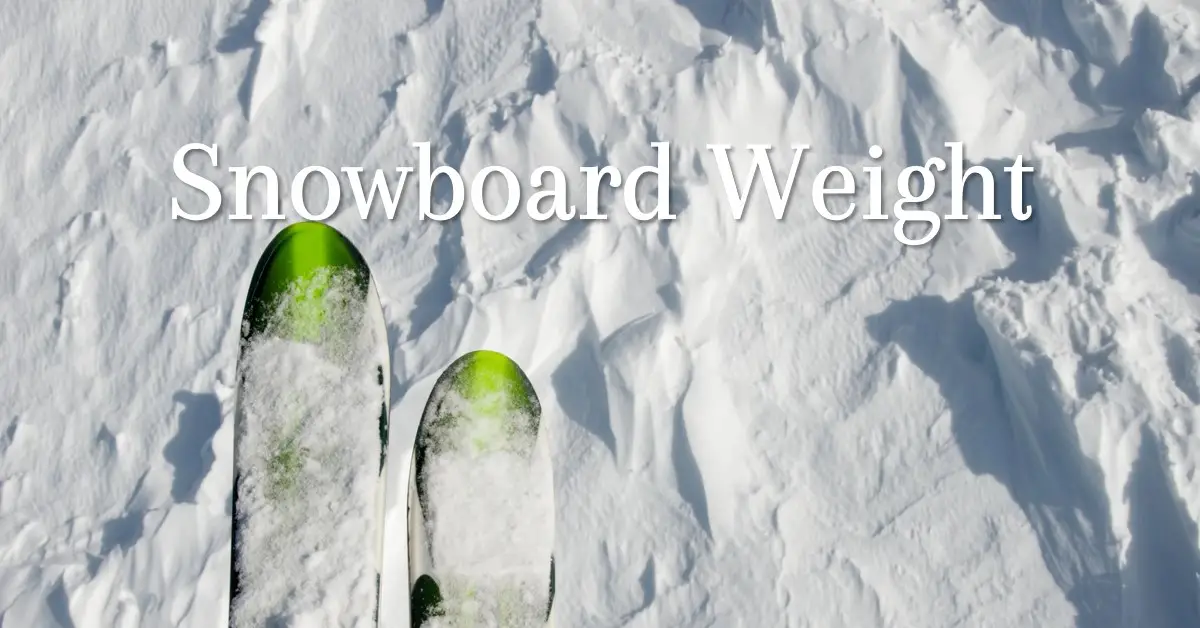If you’re new to the sport, one of the key specs to consider when buying a snowboard is its weight. While a board’s construction, profile, and flex play larger roles in performance, weight also significantly impacts several aspects. The weight of your gear matters much more in snowboarding than many beginners often realize.
This guide will cover the typical weight range of different types of snowboards and the pros, cons, and factors related to lighter versus heavier boards. It will also offer tips on choosing the ideal weight class based on your personal riding style, terrain preferences, and physical stats.
After reading, you’ll have a detailed understanding of ideal snowboard weights for different types of riders and be able to shop accordingly.
Table of Contents
Weight Range of Snowboards

Snowboards can vary vastly in weight depending on the materials and construction methods used. Children’s boards are much lighter than adult sizes. Backcountry-specific boards run lighter than all-mountain models. Here are the general weight categories:
| Board Type | Typical Weight Range |
|---|---|
| Kids Snowboards | 2.5 – 4 lbs |
| Women’s Snowboards | 4 – 7.5 lbs |
| Men’s Snowboards | 5 – 8.5 lbs |
| Backcountry Snowboards | 5 – 7.5 lbs |
| Freestyle Snowboards | 5 – 8 lbs |
| All-Mountain Snowboards | 7 – 9 lbs |
| Splitboards | 7 – 9 lbs |
As shown, kids’ and women’s snowboards typically fall on the very light end of the spectrum, while men’s all-mountain and freestyle boards run heavier. Backcountry-specific boards aim for lighter weights, whereas aggressive freestyle and powder boards can tip the scales.
Next, let’s break down how a snowboard’s weight impacts performance and handling.
Pros of a Lighter Weight Snowboard
Riding a lighter deck offers some performance advantages depending on your specific needs and riding style:
- Easier to maneuver – Nimble feel for quick direction changes
- Less leg fatigue – Easier to handle over long days
- Better float – Will sit higher on deep snow rather than sink
- Easier ollies – Lighter boards pop off the snow easier
- Minimizes impact injuries – Less mass equals less force in crashes
In general, lighter boards have a more playful, loose feeling and excel for riders focused on the park, trees and backcountry. The easier turning, reduced swing weight and improved float make an overall more forgiving, lower effort experience.
Cons of a Lighter Weight Snowboard
However, dropping weight does come with some notable downsides:
- Lacks stability at speed – Can feel too squirrelly bombing steep lines
- Reduced momentum – Won’t hold speed as well through chopped up snow
- Durability concerns – Lighter wood cores may dent easier; cheaper base materials can scratch faster
- Less pop – Light boards may require more effort to load and ollie
So riders charging steep terrain at mach speeds or big mountain freestyle riders hitting massive kickers may prefer added stability and oomph of a heavier board. Big guys also tend to favor something more substantial underfoot to handle their weight and power.
Pros of a Heavier Weight Snowboard
Heavier boards conversely shine in other performance aspects:
- Very stable at speed – Dampens vibration plowing through variable conditions
- Power through crud – Momentum fights through chopped up snow
- Big pop – More mass to load up the tips and tails
- Durable – Withstand crashes and jibbing better; tougher base material
- Precision edge control – Extra mass grips better for sharper carving
So while heavier boards may tire out your back leg earlier in the day, they offer dynamic perks for hard-charging riders and slopestyle experts. The added inertia also provides reassurance and shock absorption blasting down steeps and landing huge airs.
Cons of a Heavier Weight Snowboard
You do trade off some drawbacks going too heavy though:
- Sluggish maneuvering – Heavier swing weight makes changing directions quickly more tiring
- Fatiguing over time – Legs wear out faster manipulating a heavy board all day
- Sinks in powder – Won’t float as effortlessly on top of deep snow
- Awkward ollies – Heavier boards don’t pop off the ground as easily
- Harsher impacts – Higher mass equals greater crash forces
Overly heavy boards can simply feel like too much work wrangling around the hill versus a more effortless light deck. The additional forces generated also take a toll on your body over time.

Choosing Weight by Snowboard Type
Within basic rider categories like men’s versus women’s boards, you’ll find a range of weights available. Here are tips on dialing in weight by snowboard type:
All-Mountain Snowboards
All-mountain boards see the widest range of conditions and terrain, making weight optimization trickier. Look for mainstream models around 7-8 lbs. Size down if you struggle with fatigue or need max powder float. Size up for charging steep lines at speed.
Freestyle Snowboards
Park, jibbing and buttering put a premium on nimble maneuvering. Look for flexible freestyle boards under 8 lbs. Lighter weights enhance presses, slides and airs with less inertia to fight.
Powder Boards
Float is king when surfing deep snow. Seek out tapered directional boards under 8 lbs. The early rise nose profile already aids float, so minimize mass.
Aggressive All-Mountain Boards
Riders charging steep and deep at speed need stability. All-mountain boards 8 lbs and up drive through variable conditions well. The momentum plows through chunky snow and dampens vibration.
Splitboards
Lighten your load when earning deep powder turns touring. Outstanding splitboards designed specifically for backcountry riding weigh 7-8.5 lbs to keep pack weights manageable.
Choosing Weight by Rider Attributes
Your physical attributes should also guide ideal snowboard weight:
Heavy Riders
Big guys exceeding 200+ lbs can overpower boards not designed to handle their weight and strength. Seek boards over 8 lbs for stability and durability.
Light Riders
Smaller rippers under 120 lbs can effectively manipulate lighter boards under 7.5 lbs. Kids should drop weight further based on height and age.
Leg Strength
New riders still building leg strength will appreciate lighter boards reducing fatigue over long days. Veterans can muscle heavier boards all day. Park rats ollieing all sessions need lightweight pop.
Terrain Interest
Freestyle-focused riders in the park and trees will sacrifice stability for maneuverability. Big mountain experts charging steeps desire added mass for plowing through chunky snow.
The Bottom Line on Weight
While often overlooked by beginners, a snowboard’s weight factors prominently into performance and handling. Lightweight boards shine for certain styles, whereas aggressive riders may benefit from extra heft. Match the weight range accordingly with your personal stats and intended terrain.
Don’t automatically assume lighter equals better or get hung up strictly comparing scale numbers. Dialing in the appropriate range for your needs leads to boards feeling perfectly balanced and responsive underneath you. Test ride several weights when demoing boards to experience subtle differences firsthand out on the hill.
